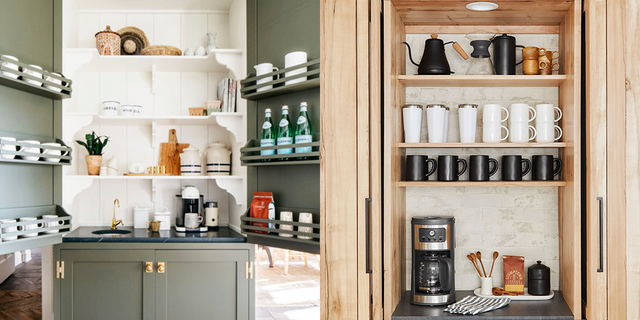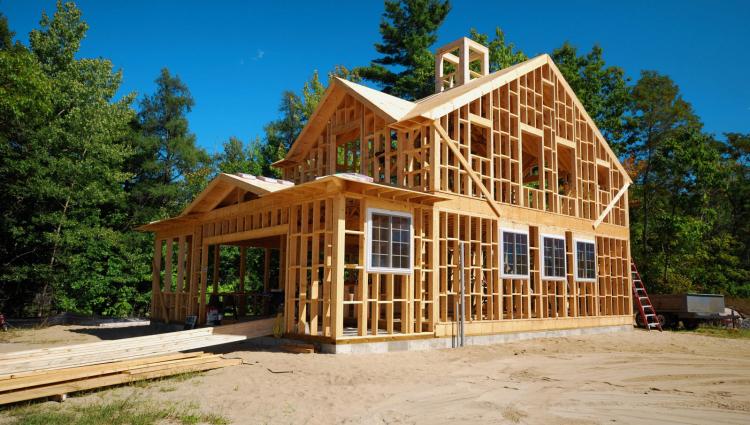In response to the critical shortage of ICU beds amid the COVID-19 pandemic, nonprofit design/build collective CURA has proposed an innovative solution: repurposing shipping containers into rapidly deployable ICU pods.
Backed by the World Economic Forum with funding from UniCredit bank, CURA—Connected Units for Respiratory Ailments—is the brainchild of an international nonprofit task force spearheaded by Italian architecture firm Carlo Ratti Associati with architect Italo Rota, and includes experts from engineering, medical, design, and military backgrounds.
Responsive and agile, the CURA pods can theoretically pop up in any open space, such as a market square, to create a makeshift treatment center to ease the pressures of overcapacity in hospitals.
“The response to the emergency in China and Italy so far has been to set up makeshift emergency hospitals such as tents, or build new prefabricated wards with biocontainment,” explains the CURA team, who have already begun working on their first prototype for a hospital in Milan. “While the latter option is time- and resource-intensive, the former one exposes medical professionals to a higher risk of contamination and adds operational strain, especially in the long run.”
Learning from both approaches, CURA strives to be as fast to mount as a hospital tent, but as safe as a hospital’s isolation ward to work in, thanks to biocontainment, [wherein] an extractor creates indoor negative pressure, complying with the standards of Airborne Infection Isolation Rooms (AIIRs).”
Sponsored by European bank UniCredit, the first CURA prototype is currently being built in Milan. Each unit is repurposed from a 20-foot-long shipping container.
A plan view of an autonomous CURA module, which can fit two beds. The circular shapes that run perpendicular to the unit on the left side are the walls of the inflatable corridor connecting to other pods.
A section view of the CURA ICU pod. Note the air handling unit and medical gas systems on the right side.
At the heart of CURA’s plan is the shipping container, a ubiquitous reusable structure that’s both adaptable and easy to transport. Retrofitted in a controlled factory environment, each CURA container pod would be made autonomous by containing all the medical equipment needed for two COVID-19 intensive-care patients. With the containers’ standard dimensions and structural integrity intact, the units could be easily transported with existing ship, rail, and truck infrastructure to hospitals around the globe.
Axon diagram of the CURA ICU pod.
A horizontal rack on the ceiling supports medical equipment including the IV system with fluid bags, controller, and suction unit; a surgical lamp; and a respirator with a respirator monitor.
The modular nature of CURA also allows hospitals to expand ICU capacity as needed. Individual two-bed pods can be joined together with inflatable structures to create multiple configurations that the team says can be deployed “anywhere…in just a few hours.” The multi-pod arrangements can be used as annexes to hospitals in parking bays or as an expandable pop-up hospital.
Inflatable structures connect the individual pods to create multiple modular configurations.
“The objective of CURA is to improve the efficiency of existing solutions in the design of field hospitals, tailoring them to the current pandemic,” notes the team. “The project provides ICU for patients with COVID-19 in compact, reversible, and reusable hospital pods. It aims to facilitate the work of medical staff and avoid cross infection and hospital bottleneck.”
The CURA pod “follows the standards for COVID-19 hospitals issued by the Chinese authorities, while speeding up execution,” say the designers.







